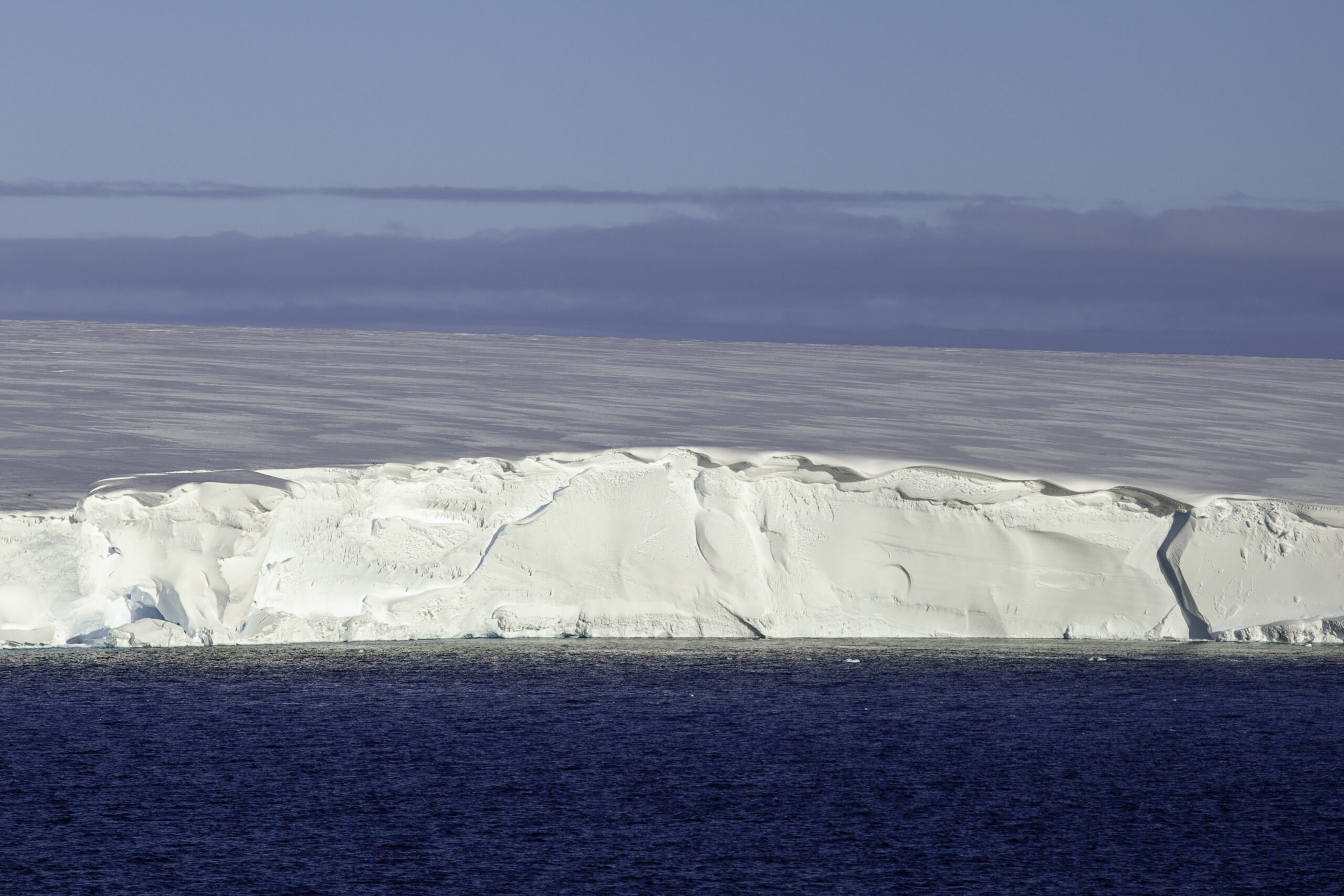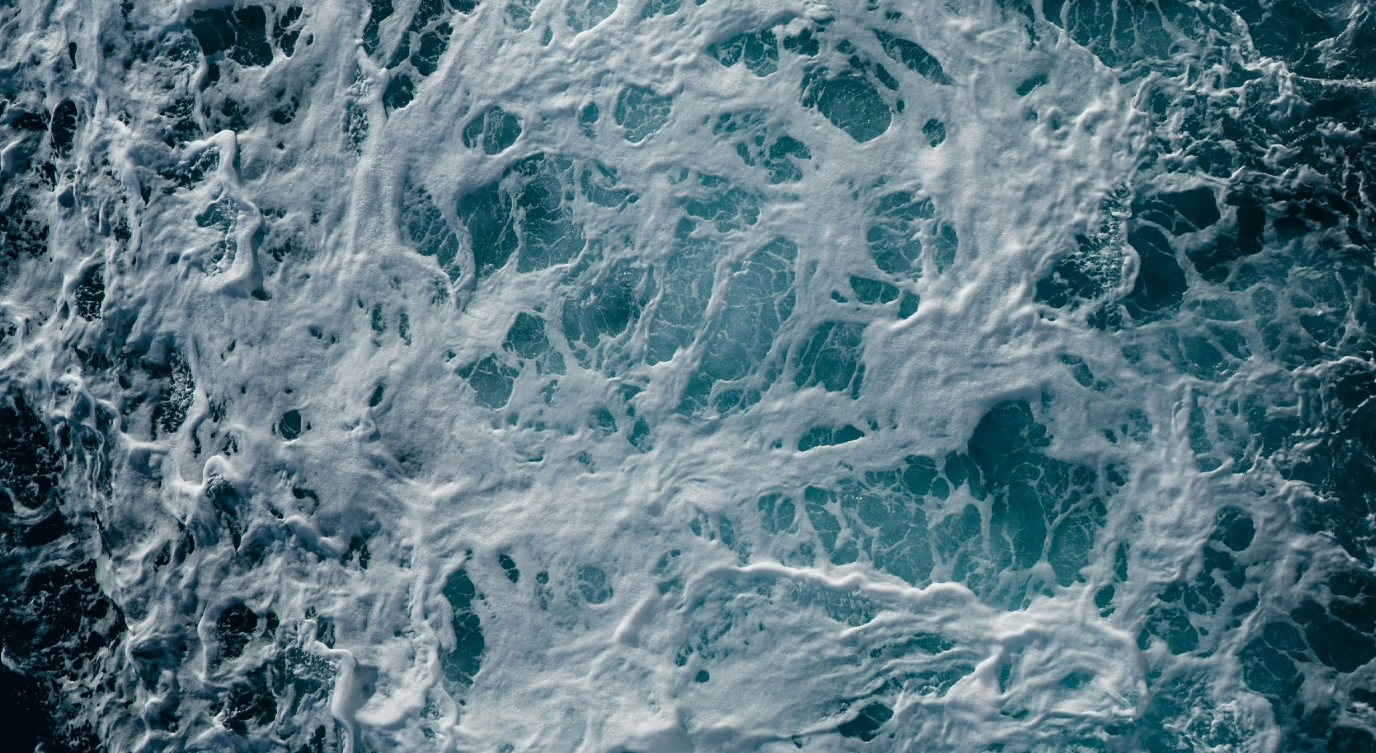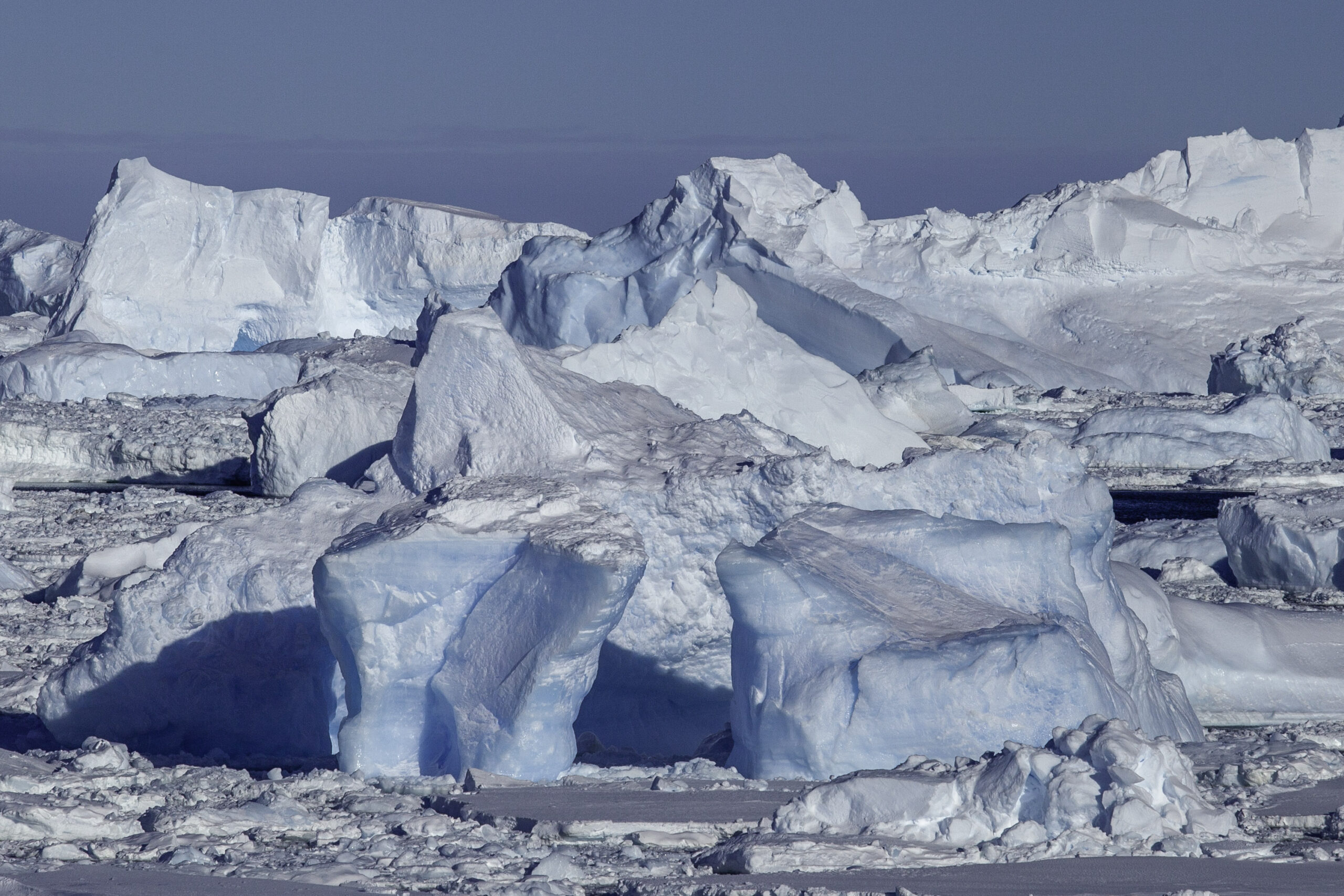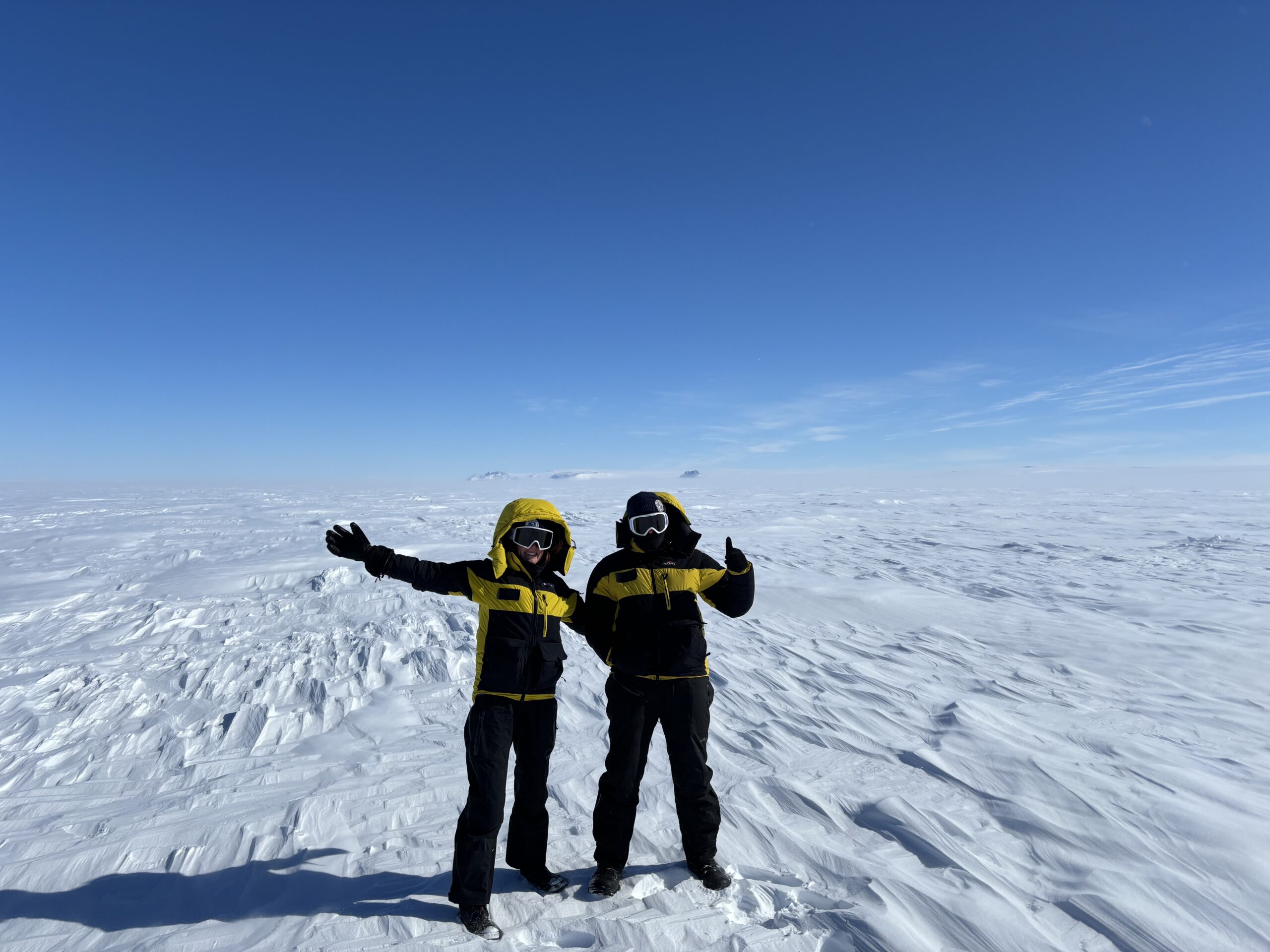Overlooked melting in East Antarctica could skew sea level rise projections
New research into how East Antarctica’s ice shelves melt reveals future global sea-level rise predictions could be significantly underestimated.
A study published today found that while ice shelves in West Antarctica melt year-round, those in East Antarctica experience summer melting spikes, when sea ice retreats and warm ocean water flows beneath – a process known as basal melting.
This seasonal dynamic is largely overlooked by climate models – but could have major implications for global sea-level rise projections.
“Basal melting is a major driver of Antarctic Ice Sheet instability and ice loss,” says the study’s lead author, Dr Fabio Boeira Dias from the ARC Australian Centre for Excellence in Antarctic Science (ACEAS) and UNSW Sydney.
“Ice shelves act like dam walls, holding back the land ice behind them. When they melt from below and collapse, land ice flows into the ocean more readily, raising global sea levels and affecting coastal communities worldwide.”
He says global sea-level rise projections remain uncertain partly because climate models do not account for how the ocean interacts with ice shelves and the processes that drive basal melting.
“Our study highlights missing dynamics that could enhance Antarctic ice loss in future scenarios.”

Two modes of melting
Basal melting often occurs at small spatial and temporal scales, making it difficult to model or observe.
To investigate this process, the team ran a high-resolution ocean model – the Whole Antarctic Ocean Model (WAOM) – which allowed them to simulate how ocean water moved under the ice shelves and entered their cavities.
The results highlighted two distinct modes of melting across Antarctica.
“Our findings suggest that East Antarctica’s ice shelves, like Totten, experience strong shallow melting during summer, as warm surface waters intrude beneath them,” says Dr Boeira Dias.
“This process shuts down during winter, as areas of open water called coastal polynyas form near the coastline and cool the ocean surface,” he says.
“In contrast, ice shelves in West Antarctica like Getz or Thwaites melt more steadily throughout the year due to the persistent inflow of warm Circumpolar Deep Water.”
NASA animation showing Antarctic icesheet mass losses between 2002 and 2023. Credit: NASA and JPL/Caltech.
Improving sea level rise projections
The Antarctic Ice Sheet holds the potential to raise global sea levels by 58 metres if it melted entirely.
While this is unlikely to happen under near future warming, the melting and collapse of individual ice shelves, along with the resulting flow of land ice into the ocean, could contribute up to a few metres to global sea level rise.
Despite the importance of basal melting for future sea level rise, co-author Dr Adele Morrison from ACEAS and the Australian National University says this isn’t fully captured by current climate models, such as those evaluated by the Intergovernmental Panel on Climate Change (IPCC).
“If basal melting in East Antarctica is not properly accounted for, future sea level rise may be considerably underestimated,” Dr Morrison says.
“We urgently need to integrate these seasonal dynamics into climate models to improve projections and support informed policy decisions to protect vulnerable regions.”
Co-author Professor Matthew England from ACEAS and UNSW says this will become even more crucial as climate change intensifies.
“We're seeing record-low levels of Antarctic sea ice cover in recent years, more frequent marine heatwaves, and shifting seasons – these will only get worse in the future,” Prof. England says.
“These trends could disrupt East Antarctica’s summer-driven melting, accelerating Antarctic ice loss and sea level rise,” he says.
“The world is at a critical stage where we need to urgently reduce greenhouse emissions.”
The work was led by the ARC Australian Centre for Excellence in Antarctic Science (ACEAS), involving ACEAS researchers from the University of New South Wales (UNSW), the Australian National University (ANU) and the Australian Antarctic Division (AAD).
Read the paper: Boeira Dias, F., England, M., Morrison, A. and Galton-Fenzi, B. (2025). Seasonal variability of ocean heat transport and ice shelf basal melt around Antarctica. The Cryosphere, https://doi.org/10.5194/tc-19-5231-2025
This article is republished from the UNSW Newsroom. Read the original article here.
Subscribe to our newsletter
For more Antarctic news and stories, subscribe to our mailing list here.


